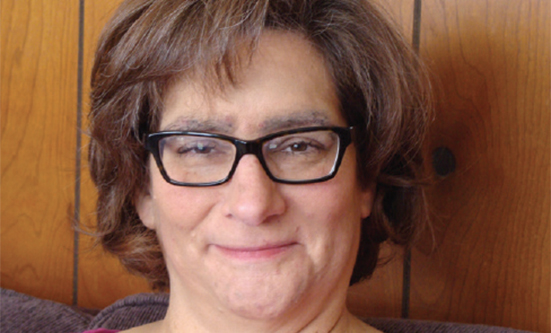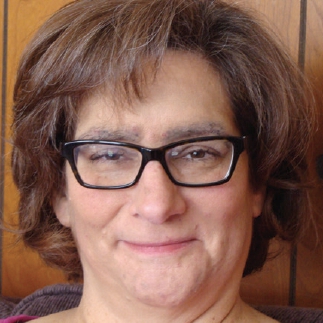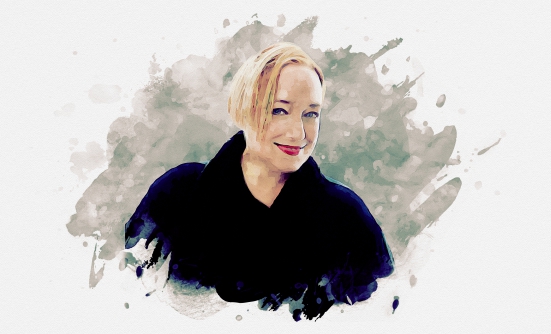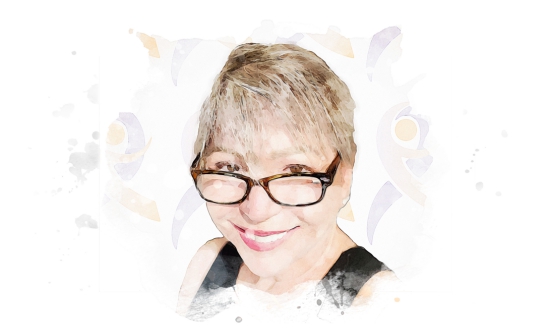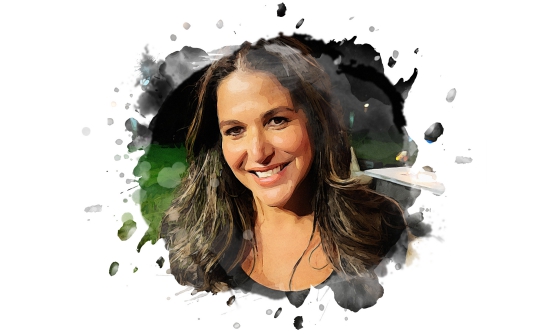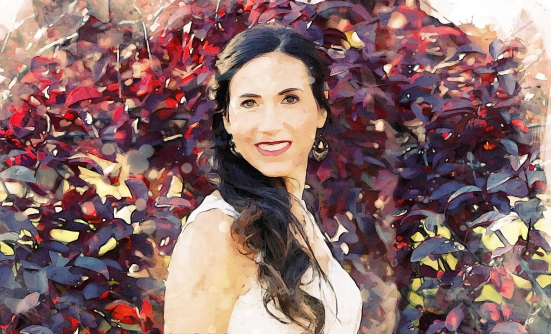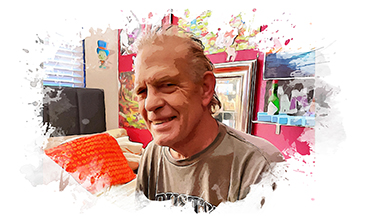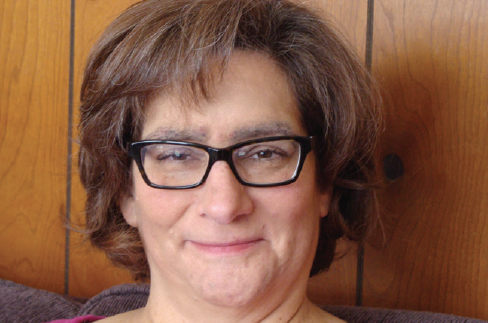
I’m a non-smoker woman diagnosed with stage IV non–small-cell lung cancer, whose cancer carries the EGFR mutation (exon 19 deletions), which makes me, and others like me, eligible to take a daily pill to prolong our lives. I use the first-person plural narration for much of this article, because statistically more non-smoking women (especially Asian women) than other populations have lung cancer with EGFR mutation.
Preparing for the CT Routine
And thus the preparation begins. Sometimes we sip, sometimes we gulp the liquid preparation, knowing that we have an hour to drink it, to pee, and to have our blood drawn.
When I first started with the CT scans routine, I loved having Angel draw the blood—Angel with the combat boots, who called herself a vampire. She was a sure hand with the needle, not like the guy who came after her, someone whose first needle pokes faltered so badly that he cursed his luck aloud as tired veins on my hand remained stubborn and unwilling to produce any sort of flow. “I should have trusted my original gut,” he said, when other sites responded more positively. “I was on a roll, today, too.”
Steve and Donna, who perform the CT scans in this cancer center, need “good veins” to run the IV for the second contrast used in the CT scan. As we sit in the blood draw chair, we absorb again the details of the black-and-white photos of the campus of Cranbrook, home to a science institute, an art museum, and a private school down the road in Bloomfield Hills, Michigan.
The Waiting Area
Back in the waiting area, we notice the subtle placard stating policy: “In the event of a respiratory or cardiac arrest in an outpatient setting, Karmanos will initiate CPR.”
This suburban building is the Lawrence and Idell Weisberg Center at the Farmington Campus of Karmanos Cancer Center. The main center is downtown, in Detroit. At this location in Farmington Hills, the light streams through the pentagon-shaped wall windows on the northern side of the building. The overhead lighting is more subdued, suspended in small fixtures from the tongue-and-grooved pine ceiling. The large waiting room offers comfortable chairs, some a cushy burnt orange leather, others a dark royal blue woven fabric.
A banner above the reception area reads, “The Detroit Red Wings Support You,” and the hockey stick graphic to the left is fashioned out of pink ribbons. Signatures slant left and right under the words. We try not to feel slighted, since our lung cancer is not represented by the color pink. The wall behind the coffee area displays small clay plaques with rectangles of copper- and silver-engraved metal underneath each plaque to identify the donors who are being recognized with the art.
Back in the beginning, when I first entered this cancer center, I noticed the east wall of the Rosenhaus Patient Waiting Lounge, where a wall of water separated the open waiting area from the hallway leading to the examination room, the water forming a sparkling curtain against a backdrop of green and blue tiles.
At some point, the waterfall stopped flowing, and I decided not to ask about the cause, even though there was likely a simple answer to this question, such as “Bacteria developed.” Or, “The pipes broke, and we haven’t gotten around to fixing them.” Or maybe, “Someone on our board complained about the ecological waste of the water.” We know from experience that causes aren’t always clearly defined.
The CT Room
Once we’ve finished drinking the water, Steve or Donna escorts us to the CT room. They ask us to take one last sip of water, while they quiz us about any recent surgeries. When were our last periods? Could we possibly be pregnant? They remind us of potential metformin interactions. If we take that particular medication, they say, we can’t take a dose for 48 hours after the CT scan, or an adverse reaction may occur. We have to sign a statement that acknowledges receipt of this information.
Then we’re flat on our backs, arms extended with arm veins we’ve saved, the best veins, so they can pop the IV in. And they remind us that after they take the thoracic CT scans without IV contrast, they’ll run the fluid, and the metallic taste may fill the mouth as we experience a warm faux urination.
Before long, we’re raising our arms above our heads, as if we’re at our kids’ weddings, throwing ourselves into the Macarena or the Cha-Cha Slide. Or as if we’re preparing our grandchildren for a swimming class, modeling the chicken-airplane-soldier drill.
The CT machine, mercifully quieter than the MRIs we’ve endured before, begins its whir, and a man’s voice announces instructions:
Breathe in.
Hold your breath.
Breathe.
After the practice runs, the CT machine starts for real, the CT cylinder rotating around us and clicking, the tray bed on which we’re positioned rolling us in and out of the whirring, clicking ring. We’re always happy when we’re done, because we get to pee again, right away, and then we get to have a cup of coffee, our first of the day.
Dr. Gadgeel—my oncologist—arranged things early on so I could get everything done in just one day—the bloodwork, the scans, the appointment. Unlike people who live in the area, I have a one-stop extended visit every 3 months; I don’t have to go home and come back the next day. One-stop care, which makes it much easier for driving or commuting. One-stop care, which also provides the advantage of getting the report about the CT scans right away.
When the Drug Will Stop Working
Once we’ve been scanned, we know that the next thing we must face is the interpretation of those CT scans. At some point, the drug will stop working, and we understand that fact. We think we know when, because given our lung cancer’s type with EGFR exon 19 deletions mutation, we hope to get 5 years of controlled cancer using our daily pills. But 5 years is just a number that we give ourselves, just a way of shaping our hopes and expectations.
I still don’t know what the CT scan will show. Until Dr. Gadgeel comes into the room and says, almost before greeting me, “The scans look good,” I can only drink my coffee, stare out at the lovely pentagon-shaped window wall of the Weisberg Center, or look at the missing waterfall, and imagine water flowing down.
Breathe in.
Hold your breath.
Breathe.
This article is part of my new memoir, Winded, which will be published in fall 2019 by Apprentice House press.
Patient Resources
American Cancer Society
www.cancer.org/cancer/lung-cancer/prevention-and-early-detection/exams-and-tests.html
American Lung Association
www.lung.org/lung-health-and-diseases/lung-disease-lookup/lung-cancer





